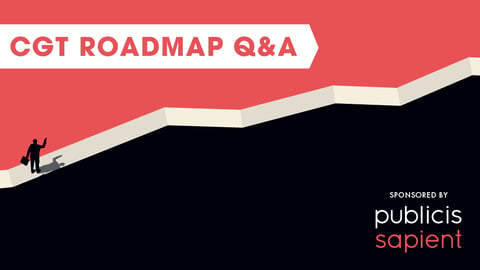Estee Lauder’s Personalization Investments Paying Off In Conversions
In planning for a “makeup renaissance” spurred by the resumption of social and professional occasions, The Estee Lauder Companies is investing in its social commerce and digital merchandising capabilities to seize these growth opportunities.
In addition to sharp increases in brick-and-mortar sales, the company is encouraged by the early results of the Ulta Beauty/Target and Sephora/Kohl’s relationships; however, ongoing supply chain challenges have led the No. 41 consumer goods company to cut its sales forecast for the year.
The beauty company, which recently announced changes to its international leadership, reported organic net sales increase of 18% in the fiscal first-quarter vs. the prior-year period. Net sales grew 23%, to $4.39 billion, with growth in all regions and product categories.
Brick-and-mortar results were particularly strong in the Americas and EMEA. Organic net sales in the Americas climbed 27% as restrictions eased, and though online organic sales growth in the Americas declined single digits vs. last year’s pandemic-prompted increased, organic online penetration remained 31% of sales.
The quarter also benefitted from retailers who ordered holiday items earlier than usual in order to head off supply chain challenges, and the company expects inflation in freight and procurement costs to impact sales next quarter. As a result, it cut its net sales forecast for the year to 12-15% growth, down from the previous quarter’s forecast of 13-16%.
[See also: Estee Lauder Makes Changes to Global Supply Chain Team]
Despite this, Estee Lauder will continue to increase advertising to support its brands and drive traffic in all channels, as well as invest in data analytics, technology, innovation and sustainability initiatives. As part of this, it’s opening a new innovation center in Shanghai in the second half of the fiscal year, a first of its kind for the company, as well as ramping up investments to build a new manufacturing facility in Japan.
Recent investments in online fulfillment are also leading to higher service levels and better inventory management — setting the stage for expanded omnichannel capabilities in the market, said Fabrizio Freda, Estee Lauder president and CEO, in an earnings call.
Though distribution in Kohl's through Sephora, and Target through Ulta Beauty, has just begun and had only a minimal impact on net sales growth for the quarter, the company anticipates increased growth during the holidays and remains pleased by the early results, added Tracey Travis, executive VP chief financial officer.
Like other beauty companies, Estee Lauder is leaning into burgeoning social commerce trends, digging more deeply into its efforts through Instagram, Snapchat, TikTok, WeChat and other platforms.
[See also: Estee Lauder Grows Conversion Rate 10-Fold With Virtual Services]
Meanwhile, a recently deployed tech solution that enables its brands to better customize consumer outreach by leveraging data to merchandise and personalize communication is powering higher conversion rates for new consumers, said Freda, as well as a deeper level of relationship building after the initial purchase to foster retention.
“Initiatives such as this position us well to realize even greater success with trial and repeat,” he noted.
Consumer Behavior Shifts
As the company invests to meet the shifting behavior trends of today’s consumer, it expects that the consumers who were new to e-commerce will remain as they enjoy the experience. With 28% of its business in online, the company is growing in all online channels, including owned and retail.
And though results vary by region, the company expects this to continue even with a full recovery of brick-and-mortar. Estee Lauder’s online business is nearly double the size of the pre-pandemic fiscal Q1 2020. The company sells in around 150 countries and territories.
Freda also remains bullish on the company’s brand discovery capabilities, noting that the exploration of newness in the world of beauty “will never stop.”
“Personally, I don't have any data points that suggest it was dependent on COVID,” he said. “The exploration is not only about new brands, but the exploration is about the newness of the existing brands. In fact, our percentage of newness continues to be very, very high.”
Sustainability Priorities
Estee Lauder also released its annual Social Impact and Sustainability Report highlighting its progress and priorities within its social impact and sustainability goals.
The company is taking steps to implement new gender equality commitments, close the gender pay gap and increase representation of women from underrepresented groups. As part of this, it’s established an Equity and Engagement Center of Excellence to further more equitable advancement opportunities in the company.
It’s also set a goal to increase the amount of post-consumer recycling material in its packaging to 25% or more by the end of 2025, as well as reduce the amount of virgin petroleum plastic in packaging to 50% or less by the end of 2030.
Meanwhile, a green chemistry program to enhance visibility in product R&D is being spurred by consumers seeking more visibility in the product development process, while seven more brands in the Estee Lauder portfolio have published ingredient glossaries on their websites.





